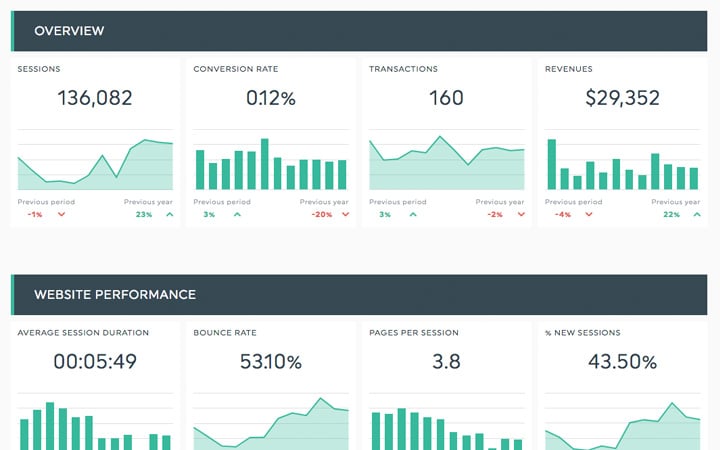What is Average Order Value?
If you've wondered how much money your existing customers spend on every order you place with e-commerce businesses, you've come to the right place. Customers' average order value (AOV) is one of the most important metrics for online retailers, as it influences everything from advertising budgets store layouts, and product pricing. As a result, online retailers use this metric as a yardstick to better understand their customers' buying habits.
Up-selling (providing expensive items that are an aversion to the same product), Cross-selling (providing complementary products), free delivery with a minimum purchase, volume discounts, and coupons are all ways to increase AOV for your business.






